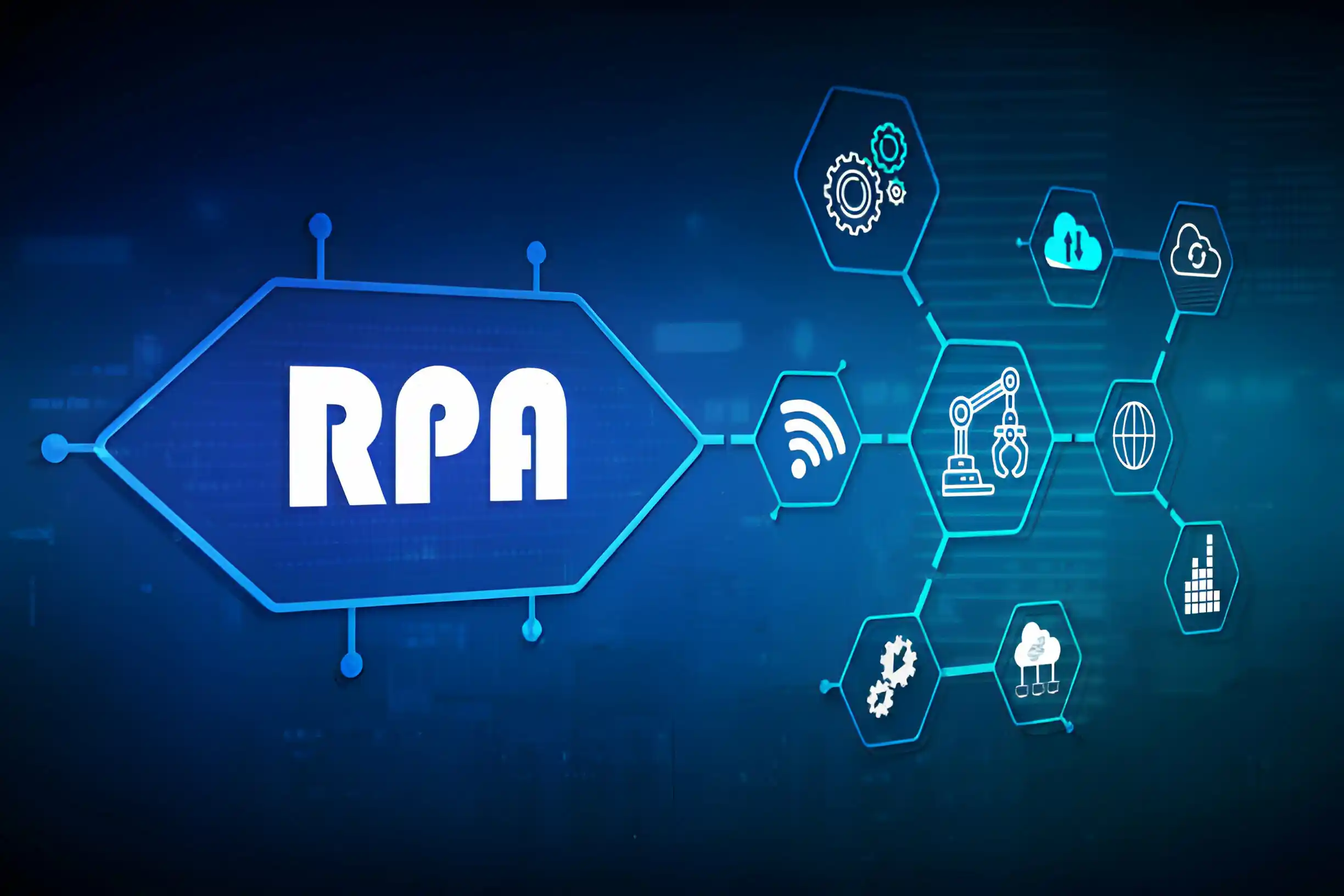Robotic Process Automation (RPA) is often used to streamline and optimize routine and mundane tasks, freeing up human workers to focus on more complex and value-added activities.
- Automation of Repetitive Tasks: RPA is particularly effective in automating tasks that are rule-based, repetitive, and involve structured data. This can include data entry, data extraction, form filling, and other routine processes.
- No Coding or Minimal Coding: One of the advantages of RPA is that it typically does not require extensive programming skills. Many RPA tools provide a user-friendly interface that allows users to create automation scripts through a visual programming approach, often referred to as “low-code” or “no-code” development.
- Bots: Software robots or bots are at the core of RPA. These bots can perform tasks across different applications just like a human user, interacting with user interfaces, processing data, and making decisions based on predefined rules.
- Rule-Based Automation: RPA operates based on predefined rules and instructions. It follows a set workflow and performs tasks according to the specified logic. While RPA is excellent for rule-based processes, it may not handle tasks that require complex decision-making or creativity.
- Integration with Existing Systems: RPA can work with existing systems and applications without the need for major changes to the underlying infrastructure. It can interact with various software applications, databases, and web services to perform tasks seamlessly.
- Scalability: RPA solutions are scalable, allowing organizations to deploy multiple bots to handle a growing number of tasks. This scalability can contribute to increased efficiency and productivity.
- Cost Savings and Efficiency: By automating repetitive tasks, RPA can lead to cost savings by reducing the need for human labor in performing mundane activities. It also enhances efficiency by completing tasks faster and with a lower error rate compared to manual processes.
- Monitoring and Analytics: RPA tools often come with monitoring and analytics features that allow organizations to track the performance of bots, identify bottlenecks, and analyze process data. This information can be used for continuous improvement and optimization.
- Security and Compliance: RPA solutions often include security features such as encryption and access controls to ensure the protection of sensitive data. Compliance with regulations and standards is also a consideration in RPA implementations.
While RPA has proven beneficial in automating certain types of tasks, it’s essential to recognize its limitations. RPA is most effective for structured, rule-based processes, and it may not be suitable for tasks requiring complex decision-making, creativity, or handling unstructured data. Organizations should carefully evaluate their processes to determine the suitability of RPA for automation.
